Just saving this for future reference. I got on the “all HTTPS all the time” bandwagon without questioning it, because enough of the sites I create do collect user data that needs to be secure. But some — like this blog, for instance — do not.
But here’s an angle on it that I hadn’t considered:
If Google succeeds, it will make a lot of the web’s history inaccessible. People put stuff on the web precisely so it would be preserved over time. That’s why it’s important that no one has the power to change what the web is.
— Dave Winer
Google of course is always trying to change what the web is, just as Facebook does. I really got into a lather over AMP because it was immediately clear to me as a web developer how it is bad for the open web. Forcing everything to HTTPS is not quite as obviously “wrong,” but when you investigate it… yeah, it is.
This site uses HTTPS because… well, why not? I use Let’s Encrypt, so it’s free and easy. And I configured the server to automatically redirect HTTP traffic, so old links still work. But people shouldn’t be expected to understand what I understand about the web in order to use it… and not just as passive consumers, but as active contributors.
That’s the real power of the web, and what we lose when we let companies like Google or Facebook change the nature of what the web is.
I’d like to end with another quote from Winer:
The web is not safe. That is correct. We don’t want every place to be safe. So people can be wild and experiment and try out new ideas. It’s why the web has been the proving ground for so much incredible stuff over its history.
Lots of things aren’t safe. Crossing the street. Bike riding in Manhattan. Falling in love. We do them anyway. You can’t be safe all the time. Life itself isn’t safe.
